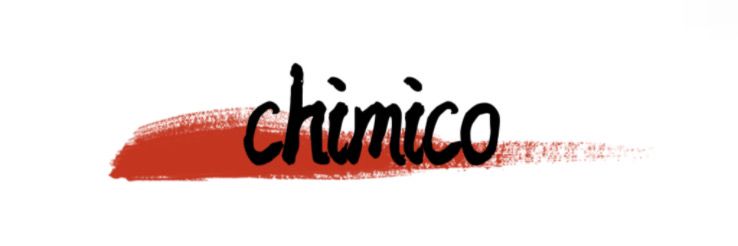Are Staples Better Than Stitches for Wound Closure? Pros and Cons
When it comes to wound closure options, the debate between the use of staples versus stitches often arises in medical discussions. Understanding the differences between these two methods is crucial for both patients and healthcare providers, as the choice can significantly affect healing, scarring, and comfort. With that in mind, let’s explore the pros and cons of staples and stitches, while addressing the question: Are staples better than stitches for wound closure?
If you want to learn more, please visit our website Are Staples Better Than Stitches.
Staples are typically employed in larger or deeper wounds and are known for their speed and efficiency. They can be applied quickly and are particularly useful in surgical settings where time is of the essence. One of the major advantages of staples is their ability to hold the skin together firmly, which is essential for wound healing. You may find it reassuring that staples often lead to less tissue tension because they distribute forces along a wider area of the skin. Additionally, for certain types of wounds, staples can provide a more reliable seal, which may reduce the risk of infection.
On the other hand, stitches, or sutures, offer a more versatile treatment option for a variety of wound types. They come in different forms, including absorbable and non-absorbable materials, which means you can select the type that best suits the condition of the wound. Stitches can be used for delicate tissue, providing a more precise closure which is often necessary in cosmetic surgeries. This precision can lead to improved aesthetic outcomes, which is especially appealing for facial wounds where scarring could be a concern.
As for potential downsides, it’s essential to consider the barriers that each method presents. While staples are quick to apply, removing them can sometimes be uncomfortable for patients. The experience can be jarring, particularly for those who may have a fear of needles or medical procedures. Conversely, stitches, although requiring more time to place, can come with the challenge of proper care post-procedure to avoid complications such as infection or tearing.
When weighing your options, you should take into account the specifics of the injury or surgical need. For example, if you’re dealing with a laceration that requires quick treatment and is not in a highly visible area, staples might be more appropriate. In contrast, if the wound is on your face, you might want to opt for stitches instead, prioritizing a neater cosmetic result.
A critical aspect to consider is individual patient factors. You can contemplate how your body responds to different treatments, as well as any pre-existing conditions that may affect healing. For example, some patients may be more prone to scarring based on their skin type or history, making stitches a better option for those concerned about their appearance post-healing.
Listening to the advice of your healthcare provider is key here. They will have the expertise to guide you toward the best option based on specific circumstances. It’s not just about knowing the differences; it’s about feeling empowered to have informed conversations about your care.
In summary, whether staples are better than stitches for wound closure depends on various factors, including the type and location of the wound, the desired outcome, and individual patient needs. By carefully considering the pros and cons of each method, you can make a more informed decision. Always remember that the goal of any wound closure technique is to promote healing and minimize complications. Engaging with your healthcare provider about these options can truly enhance your understanding and experience in your care journey.
Contact us to discuss your requirements of Esd Knives. Our experienced sales team can help you identify the options that best suit your needs.


